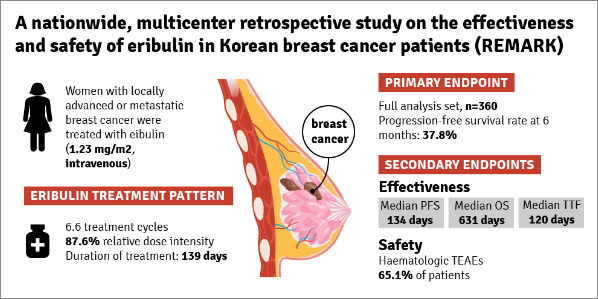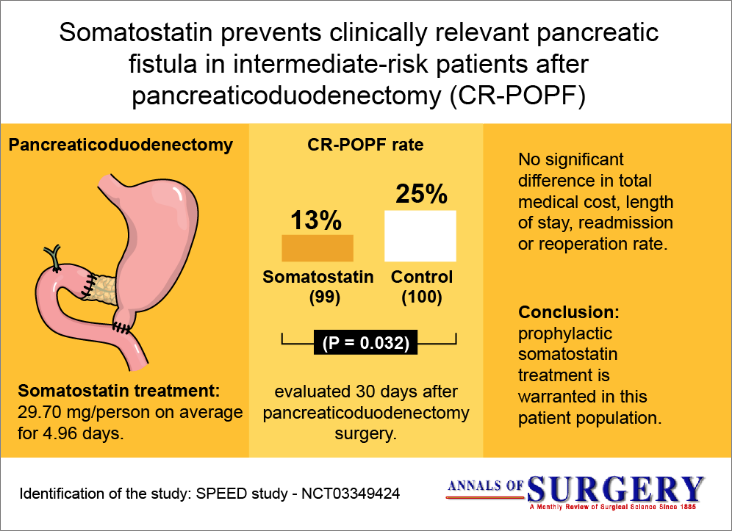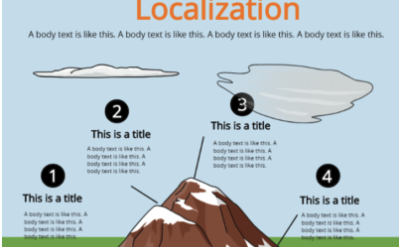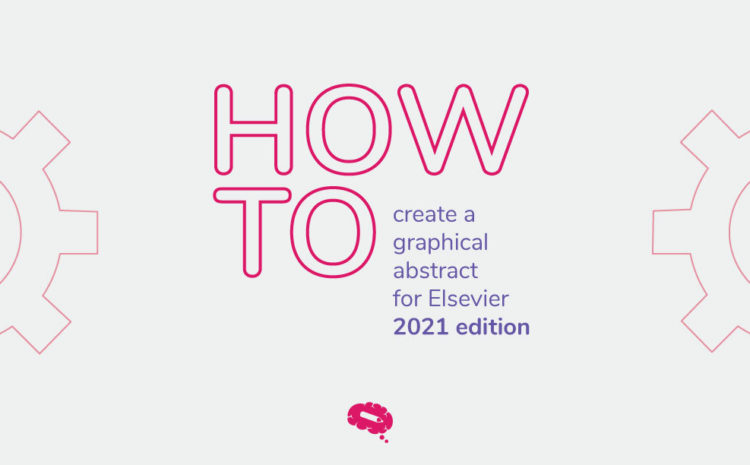Many scientific journals are asking for graphical abstracts to publish articles. A graphical or pic abstract (as a picture is worth a thousand words) helps the reader to understand the main information at the first glance.
Different journals have different rules for the graphical abstract and this can make the publication process even harder. So, to help you in this process, I’ve made a tutorial on how to make a graphical abstract for Elsevier.
A summary of what is expected of a graphical abstract: “A Graphical Abstract should allow readers to quickly gain an understanding of the main take-home message of the paper and is intended to encourage browsing, promote interdisciplinary scholarship, and help readers identify more quickly which papers are most relevant to their research interests.
Authors must provide an image that clearly represents the work described in the paper. A key figure from the original paper, summarising the content can also be submitted as a graphical abstract.”

You can find the instructions on the Elsevier site. However, we have organized the same information in a quick video so you can easily start making a graphical abstract paper.
Click Here to start using Mind the Graph, the Graphical Abstract Maker
Feel free to watch the video below and share your feedback.
Before that, it’s a good idea to quickly understand what an abstract is. An abstract is essentially a short summary of your research paper, usually a paragraph or two, around 250 words long.
It should crisply describe the problem, methodology, key findings, and conclusions.
A well-written abstract allows readers to get the gist of your paper quickly and prepares them to follow the detailed information, analyses, and arguments in your full paper.
It should be exact in wording, understandable to a wide audience, and serve as a hook for your audience.
There’s often a strict word limit, so make sure to check the requirements of the journal. That being said, here’s an under 300-word abstract sample from a study in the field of medicinal sciences:
“The Southwest shrub Juniperus communis (Juniper Berry) has many significant medicinal values in the Native American culture that has not been proven scientifically. One of the popular uses of Juniper berries aside from their detoxifying action is their potential to repel insects. This study focuses on the development of insect repellant from its essential oil obtained through steam distillation. 50 g of fresh berries were collected and dried for 5 days and is placed in a still tank with 100 mL of water for steam distillation using the Flinn Scientific Borosilicate Lab Kit. Gather the extracted oil and dilute 70% in three separate containers to be transferred into spray bottles. Testing involved the spraying of the dilute sample into a glass jar with Anopheles juidthae (common NM mosquito) and compared this to the effect of a commercial insect repellant. After testing and comparing the result, the commercial insect repellant significantly showed that it is a better insect repellant compared to the J. communis diluted essential oil. However, the essential oil has also an insect repellant potential.”
This is a great abstract synopsis example and you can emulate the same for creating an abstract for a paper. Here’s an abstract writing ppt for further reading. You can find the Elsevier abstract guidelines here, and Elsevier abstract format here.
With the abstract text example understood, let’s dive into how to create a graphical abstract… (see examples below, and a few templates in our website).
Creating a graphical abstract using Mind the Graph
On our platform, you will find all the necessary tools to create your graphical abstract. In this video you can see step by step how to create your own graphical abstract for Elsevier:
Click Here to start using Mind the Graph, the Graphical Abstract Maker
Instructions to create a graphical abstract for Elsevier:
A graphical abstract should be a one image file and to help visualize a single process in a clear and descriptive way. For ease of consumption, the graphical abstract should have a clear start and end, preferably “reading” from top to bottom or left to right. Try to minimize distraction and remove cluttering elements as much as possible.
Here are a few examples of graphical abstracts to aid your understanding.
Image size: Please provide an image with a minimum of 531 x 1328 pixels (HxW) using a minimum resolution of 300 dpi. If you are submitting a larger image then please use the same ratio (200 high x 500 wide). Please note that your image will be scaled proportionally to fit in the available window on ScienceDirect; a 500 by 200-pixel rectangle.
Font: Please use Times, Arial, Courier, or Symbol font with a large enough font size as the image will be reduced in size for the Table of Contents to fit a window of 200 pixels high.
File type: preferred file types are TIFF, EPS, PDF, or MS Office files.
No additional text, outline, or synopsis should be included. Any text or label must be part of the image file. Please do not use unnecessary white space or the heading “Graphical Abstract” within the image file.
If you don’t find the illustrations or Elsevier images you need in Mind the Graph, you can request new illustrations, just drop a line at contact@mindthegraph.com.

Subscribe to our newsletter
Exclusive high quality content about effective visual
communication in science.








